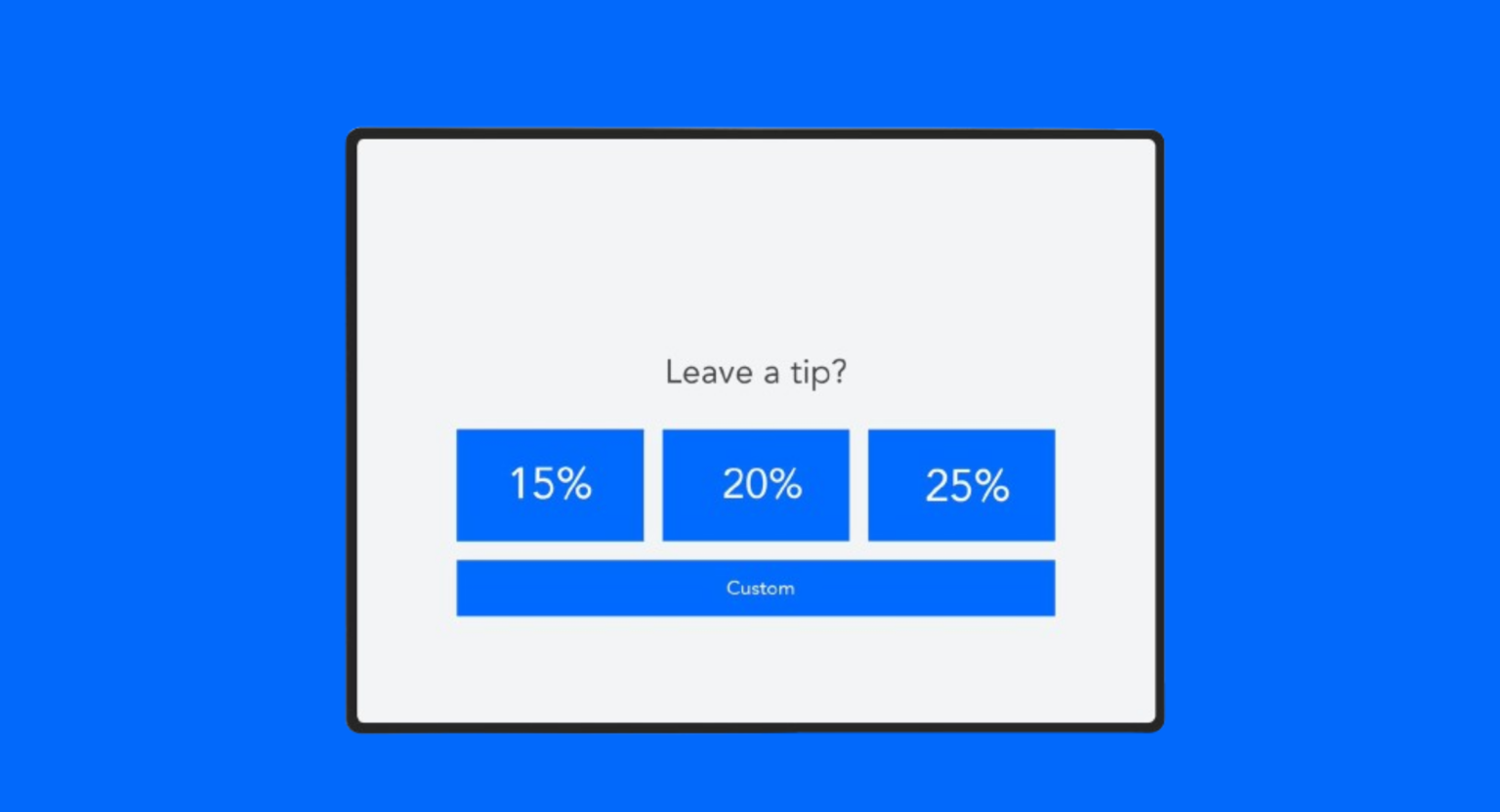A new type of scam is bilking unsuspecting customers out of potentially hundreds of extra dollars per year in tips. Dubbed “tipflation,” the scam works by miscalculating suggested percentages on self-serve payment kiosks at restaurants and other businesses.
One form of tipflation is when the “suggested” amounts start at figures much higher than what used to be the standard of 15%. The “suggestions” button options start at 25% or more, making the customers have to take the extra step, at the expense of “looking stingy” despite being willing to leave a standard tip.
Tipflation Goes Viral
The scam was recently exposed by an Instagram user named Beau, who posted a video showing how a kiosk at a restaurant autogenerates inflated “tip suggestions.”
For example, on a $27 bill, 15% should have been $4.05. But when the customer selects the 15%, the kiosk adds $6.22 as a tip.
“EVERYONE needs to watch this video and share this!” Beau writes in the caption of his post showing the discrepancies. “This is a pay-at-the-table kiosk. The screen autogenerates the tip percentage options for you in hopes that you won’t look at the dollar amount it’s factoring!”
Beau’s post went viral, garnering over 235,000 likes and hundreds of comments.
Beau urges customers to always double check the math on kiosk tip suggestions before approving.
The Restaurant Responds
After the post went viral, the restaurant, Bubba’s 33, who’s kiosk is seen in the Instragram post responded.
“Suggesting the tip on the total before discounts is done to protect our servers. For example, if we did not do that, a free pizza could generate a zero balance and potentially a zero tip for our servers. We hope this helps!” Bubba’s 33 comments on the post.
Tipflation Pressure and Sentiment
A recent Pew Research poll found 72% of Americans feel tipping is now expected in more places compared to five years ago. About half say tipping feels more mandatory than optional, depending on the situation.
The poll also showed customers overwhelmingly oppose businesses including automatic tip suggestions or service charges on bills. Yet kiosk tip suggestions clearly pressure customers into leaving large tips.
Across all tipping situations, Americans say service quality is the number one factor in deciding whether and how much to tip. But the kiosk scam circumvents this by inflating all tip suggestions across the board.
Tipflation Raises Minimum Wage Questions
While some defend the practice as a way to supplement low wages for service workers, critics argue deceiving customers into leaving undeserved large tips is unethical. They also say service workers employers should pay a living wage instead of guilting customers to do it for them.
One analysis suggests the average American is now pressured into tipping an extra $500 per year due to tipflationary practices.
Customers should be aware of the tip inflation scam and always check kiosk math themselves.
Legislators may also need to step in to curb abusive tip solicitation practices. In July, California passed a bill outlawing hidden fees, making any business caught employing these practices liable to legal action.
In the meantime, patronizing small businesses with transparent billing may be the best way to avoid getting ripped off.
Related: The Rise of Deceptive Pricing Practices by Grocers and Retailers


